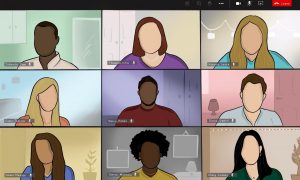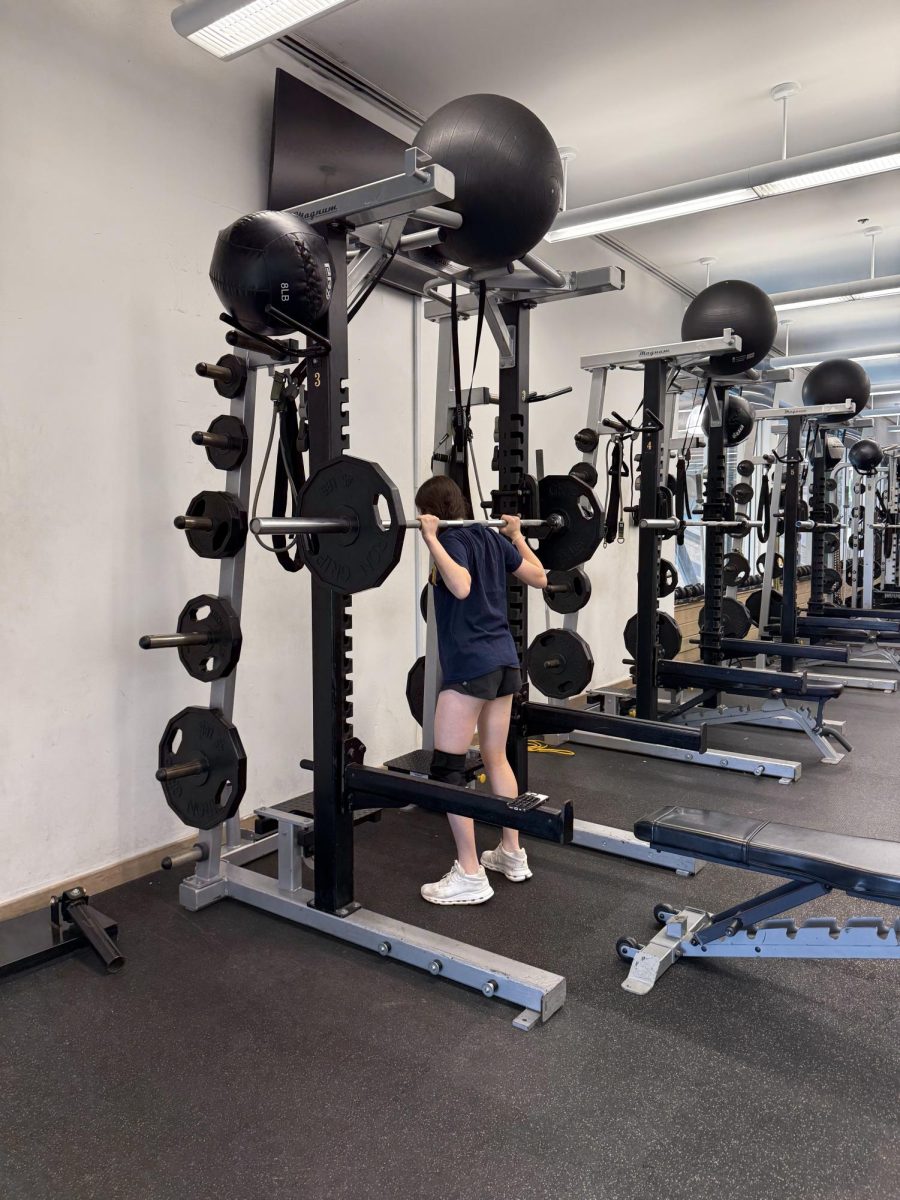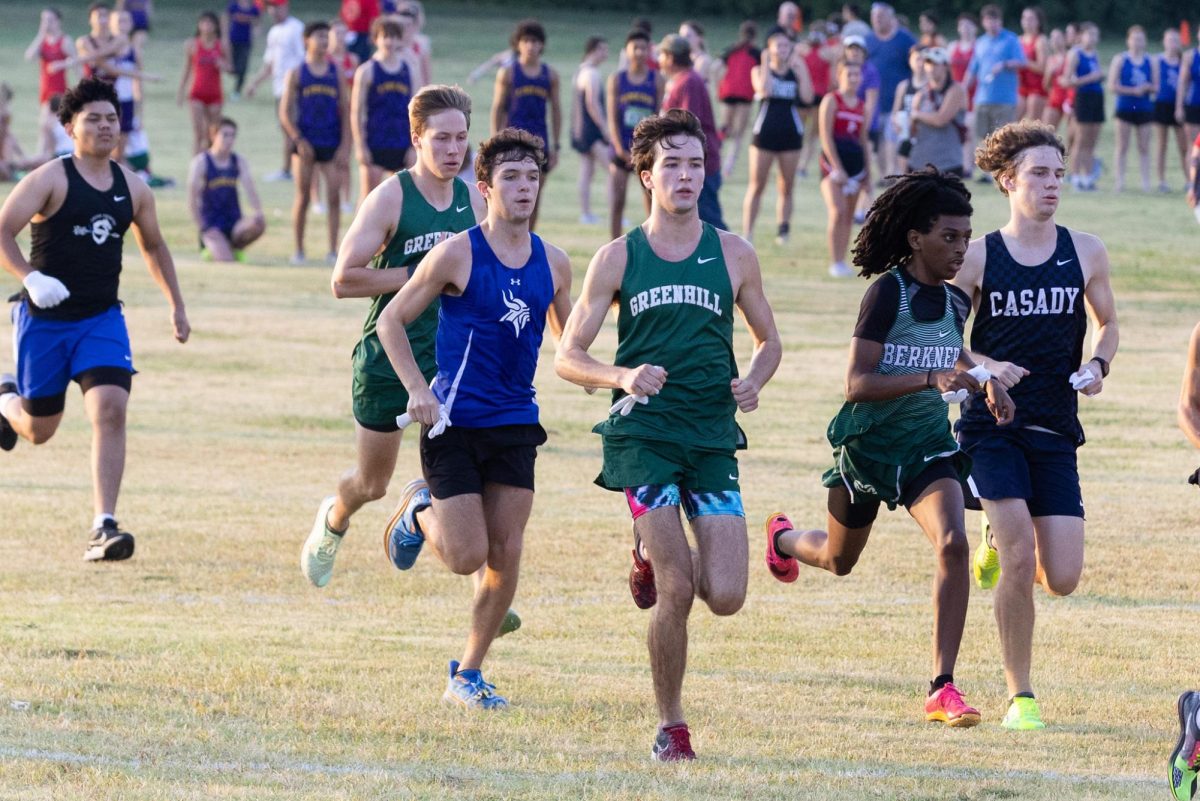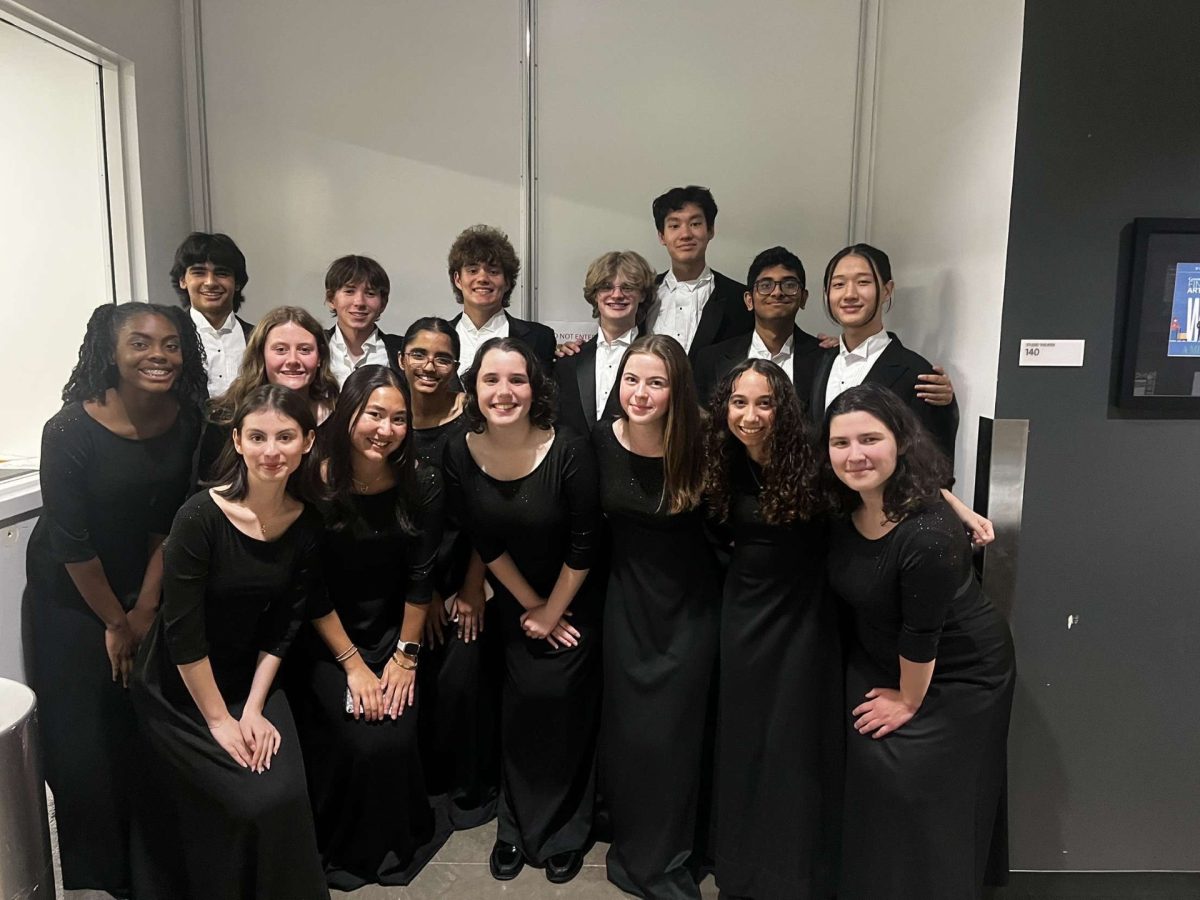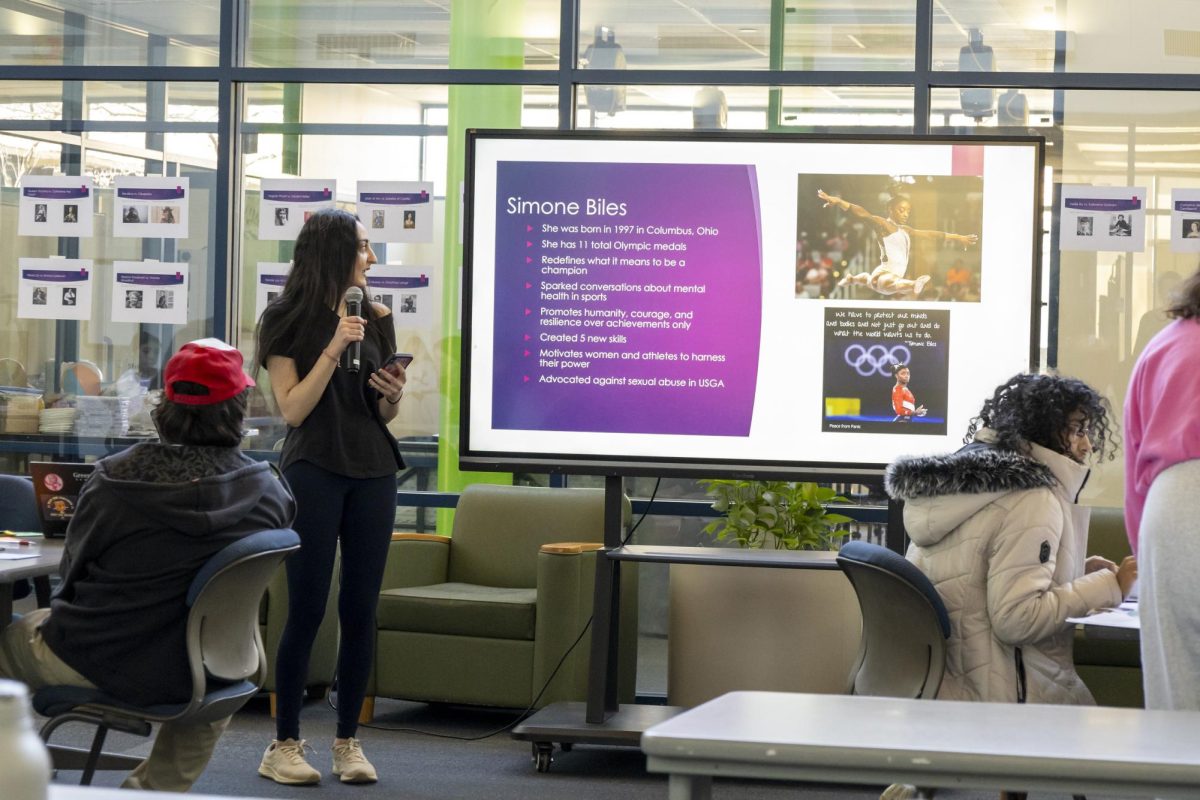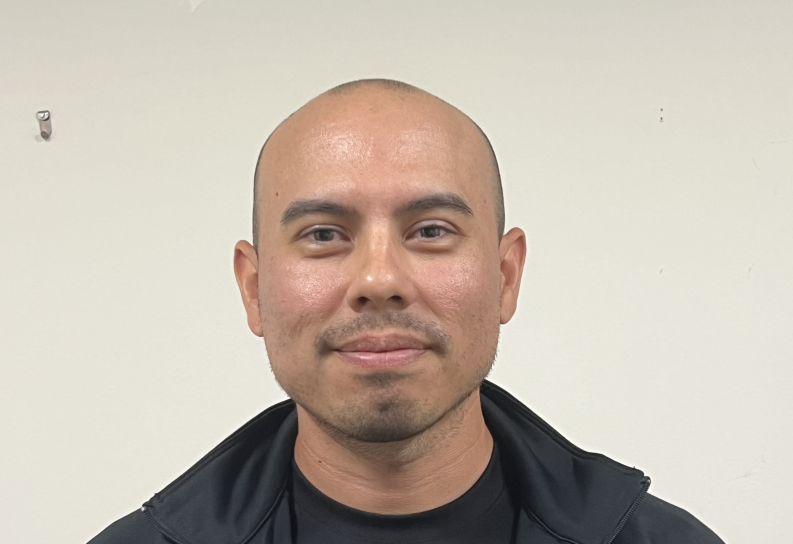Greenhill’s New Learning Options: Safety or Education
November 19, 2020
Recently, students, faculty and families were notified of Greenhill’s plans to shift to an in-person learning model in January with the start of the second semester.
To many of us, this came as a big surprise. It may be the timing or the decision itself, but with COVID-19 cases rising in Texas and all around the U.S. this seems to be a move that won’t end well.
I am currently a hybrid learner, but I have decided to become an online learner if we shift into a less restrictive in-person model.
In the current hybrid model, less than half of the Upper School is on campus every week. Even with this model, there are risks: during lunch, we take our masks off; in passing periods there are many people walking the hallways and during breaks, people tend to congregate.
I am concerned about an expanded in-person model because those risks would be multiplied.
Meeting in classrooms with social distancing of six feet or having lunch apart from one another in a single advisory room no longer becomes feasible. Regardless of proposed changes to alleviate these concerns (classroom in tents, using Greenhill Office Towers, having more outdoor spaces) the reality is there will simply be more people on campus.
No matter what can be done to keep people distanced in classes, the major concern is out of the classroom, when those small congregations become large ones and when the outdoor spaces become uninhabitable (rain, snow, etc.).
It is simply not worth the risk.
Even if there was a way to alleviate these risks, is the new reality really the version of school that families want? Having larger classrooms in Rose Hall and the Lecture Hall? If students complain about not being able to pay attention in an online setting, this seems even more likely in large classes in a lecture setting.
An administration survey sent out to families even asked if they were willing to sacrifice the social distancing rules of six feet; its important to contextualize what this would mean for learning. The likelihood of being exposed to COVID-19 and subsequently be sent home because of contact tracing increases exponentially. If people are really so insistent on going back to school, the likelihood of getting sent home is much larger in this new reality.
My father has amyotrophic lateral sclerosis (ALS), also known as Lou Gehrig’s disease, the progressive degeneration of nerve cells that control muscle movements. My father’s disease marks him as a high-risk individual under coronavirus protocols. So, too, is my grandmother, who lives with us.
If Greenhill pushes forward with plans to reopen campus to all students, I would have no other choice but to become an online learner—all because people are pushing for a model that makes me decide between my education and my safety.
I am not alone in these circumstances. Many students and faculty face similar risks. However, unline students, faculty don’t have much of a choice.
We are currently facing a global pandemic ravaging the world. At a time with rising cases, with people making the decision to go on numerous vacations and others attending large parties, it is not the time to expand in-person classes.
Nationally, schools are closing down.
I understand that it’s difficult to learn in an online environment, but the insistence on bringing things as close to normal as possible is ignorant of the reality that we are facing.
So, I urge Greenhill administration and families to rethink this decision. It is not the time nor the place to go fully in person. There is simply too much at stake.

